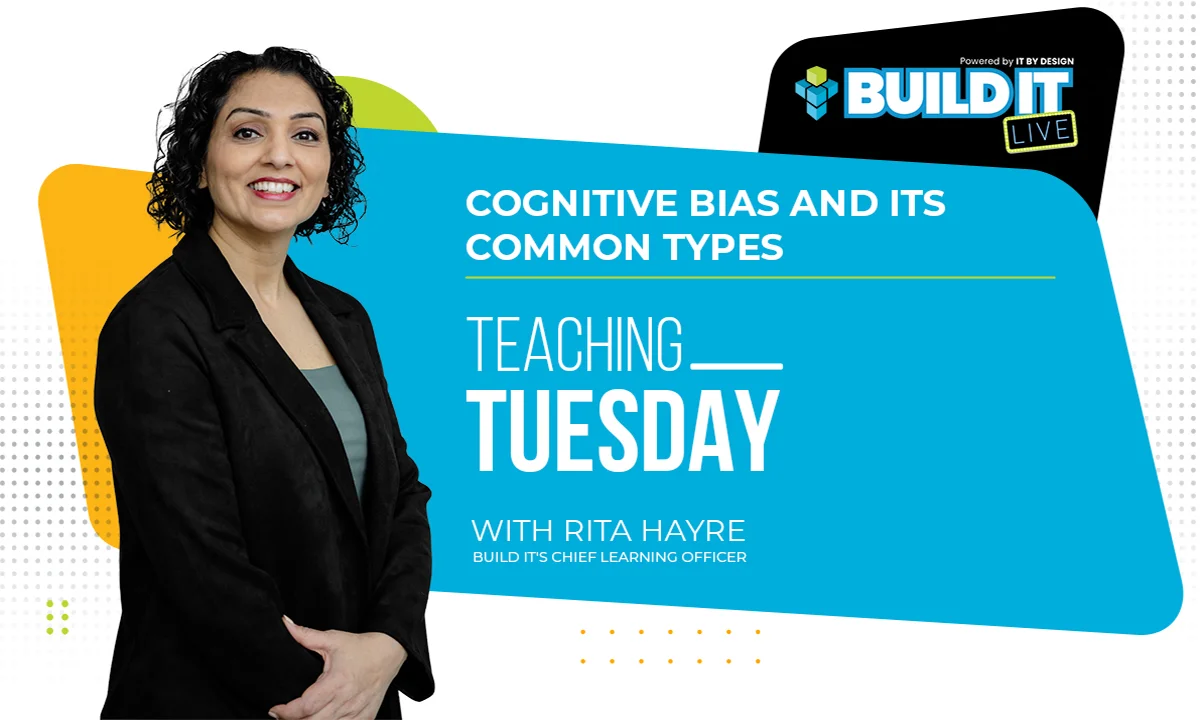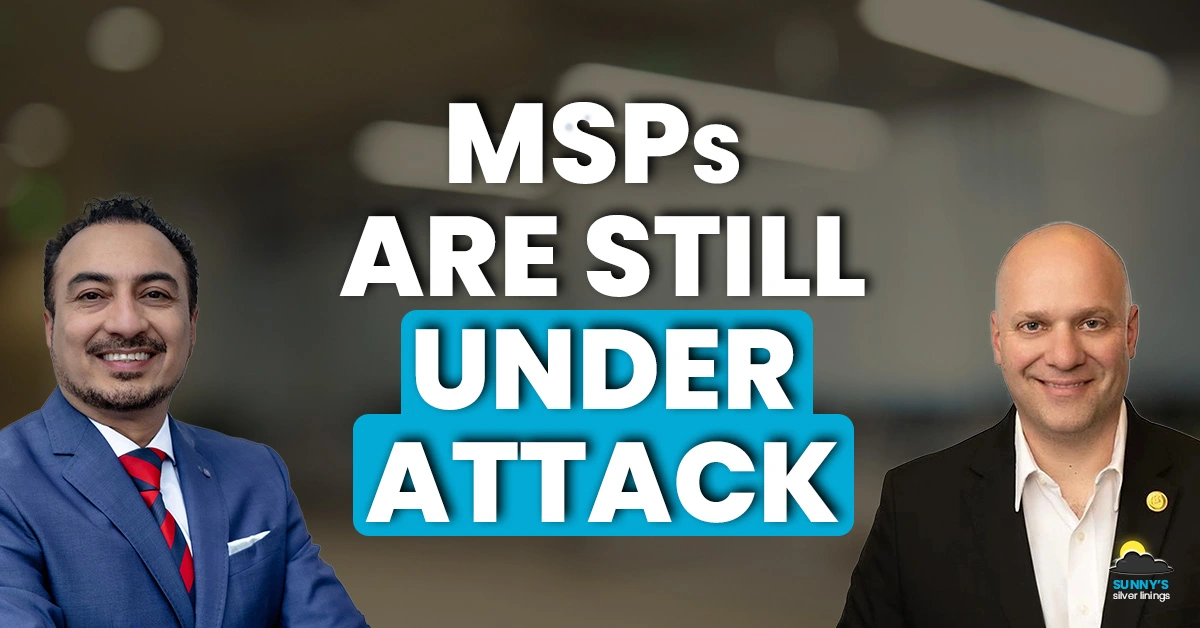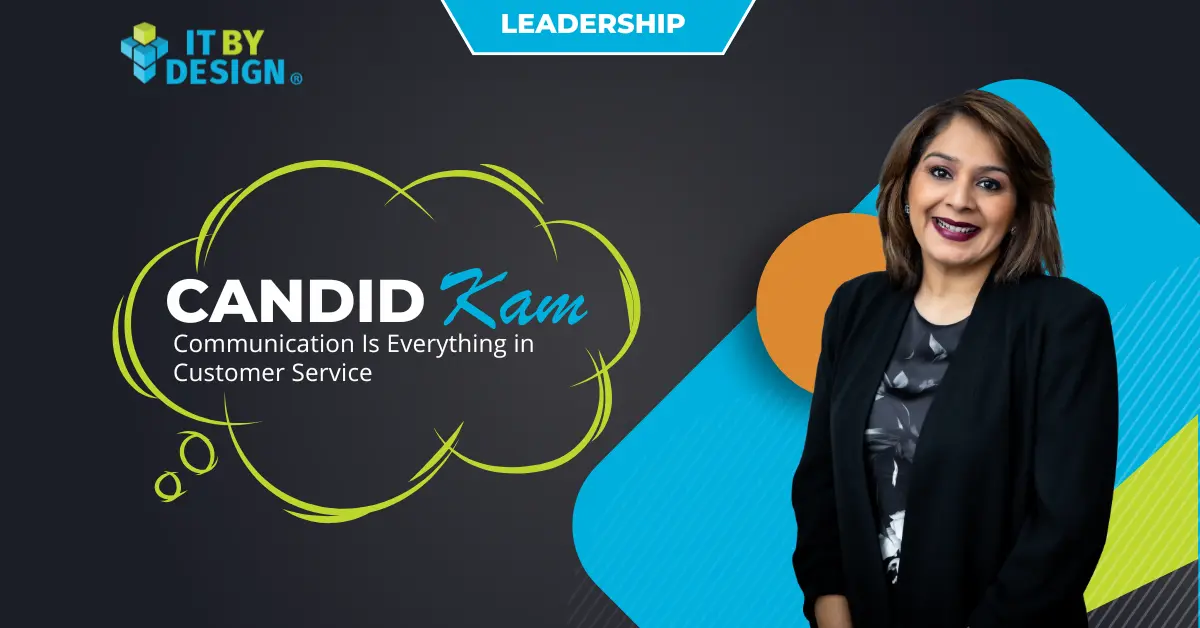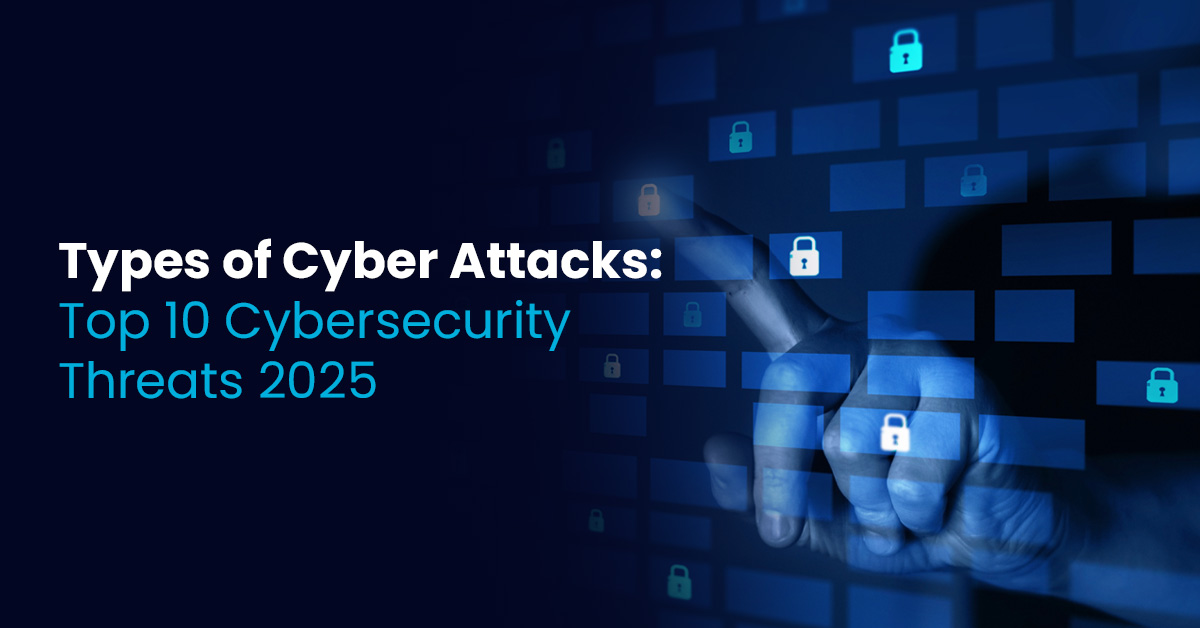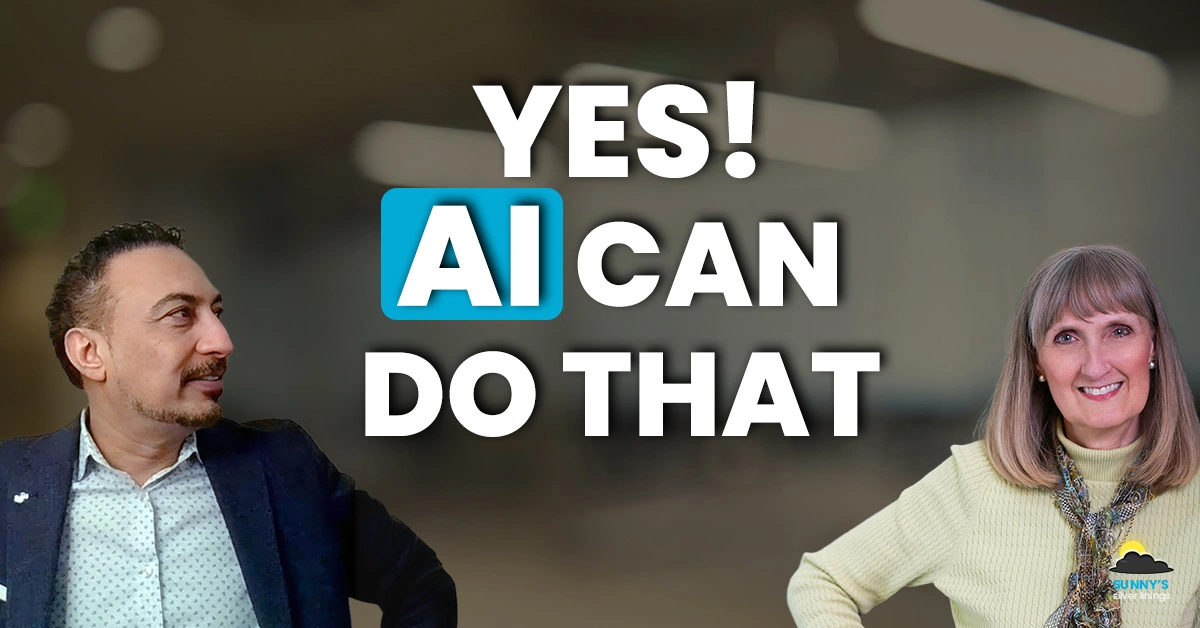What is cognitive bias and what types of biases do we experience in our lives? Read this week’s Teaching Tuesday to find out.
I had a conversation with someone this weekend which really made me think about how we make decisions about the information we receive, and what we do with that information. The human brain processes 40-50 items every second. The brain has so much information to process, that it has developed shortcuts to help people understand and make decisions about the information being received.
What is Cognitive Bias?
The brain tries to find patterns about information, in order to speed up the ability to process the information and act on it. The problem with this is that sometimes the brain makes inaccurate assumptions about the information. These inaccurate assumptions are what we refer to as Cognitive Bias. Unfortunately, these cognitive biases can result in negative impacts to our decision-making and actions. There are many cognitive biases that have been identified by researchers. There are a few that are more important to you as MSP business leaders.
What are Some Common Cognitive Biases?
- Fundamental Attribution Error / Bias: When we are explaining other people’s behaviour, we over attribute success or failure to their personal traits, while under attributing situational factors.
- Authority Bias: When we assume that information must be more true or accurate if the information is presented by an authority figure.
- Confirmation Bias: We do this when we specifically take notice of information or interpret information in a way that supports our previously held beliefs and values.
- Sunk Cost Bias: This is when we continue to throw more money at a project that we shouldn’t continue with, simply because we’ve already spent money on the project.
- Halo Effect: This is when we take our impression or perception of someone or something in one area and apply that same perception to other areas of that person or thing.
- Availability Cascade: This is when an idea or belief gains popularity and adoption, based upon the availability of supporting information.
- Dunning-Kruger Effect: This is when we assume that we are far more knowledgeable and experienced in areas, that we’re not.
- False Consensus: This is when we assume that our actions and behaviours are more common, than they are.
- Framing Effect: This bias is all about how options are presented. Were the options presented in a positive or negative manner – which impacts how people respond to the options.
- Blind-spot Bias: This is when we think that we don’t have biases, but other people do.
Cognitive Bias vs. Logical Fallacy
It’s important to note the difference between cognitive bias vs. logical fallacy. While cognitive bias is the result of the brain using shortcuts to process information, logical fallacies are actually error in the argument or information being processed.

